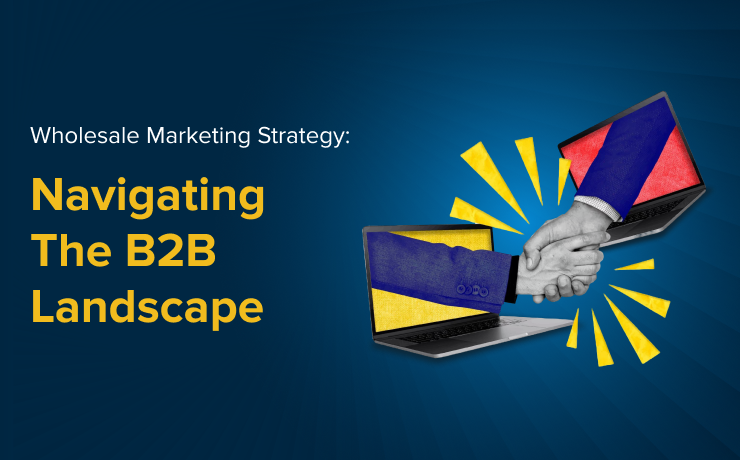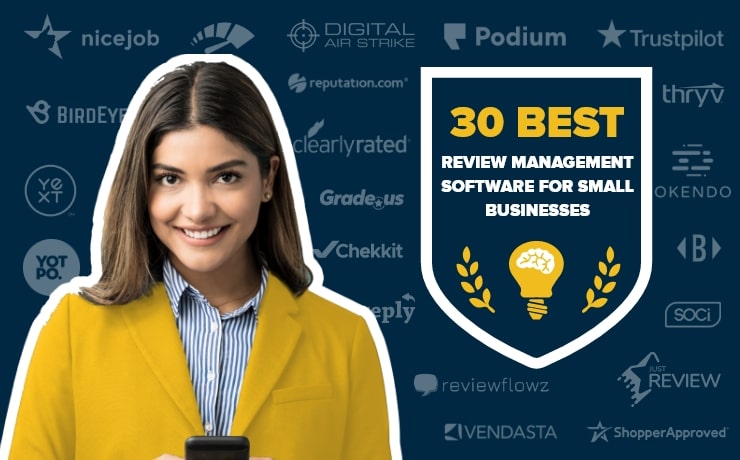
Identifying and understanding your target audience is crucial for the growth of your brand. It’s the one element that separates effective marketing strategies from the less effective ones. Of course, like everything else, our target customers will change over time, which makes it crucial to keep revisiting our research and updating our strategies accordingly.
Oftentimes, the notion of knowing our audience can be daunting and complex, especially when we are new on the market. In this post, we will try to define some clear steps that would help us better define, understand, and reach out to your audience.
An Introduction to Target Audience Research
Before understanding your customers, you first need to define it. A target audience is the group of people who are more likely to become a paying customer, and need your products or services. These are the people who are most likely to show interest in and ultimately purchase your product or services. A good target audience is:
- Be Specific – Not everyone will be interested in your offering. There will always be audiences that are unlikely to engage with your brand, simply because they do not need you, they can’t afford you, or they are unwilling to try your products. If you continue targeting the wrong crowd, it may cost you more money in the long run. Being specific with your target audience always pays off.
- Backed by clear data – While making an informed guess can be a good starting point, assumptions can’t be at the core of your target audience research. Your research needs to be backed by concrete and unbiased data, which can only be acquired by market research.
- Customer Focused – Your target audience should be focused on people who want to connect with your business, who have an interest in your services or products, and who have a need for them. Whether you are planning to target a small or large group, focusing on people who are genuinely interested in your products allows you to cast a wider net.
How to PerformTarget Audience Research
Understanding your target audience is really about finding the answers to a few simple questions:
- Who are your clients?
- How can you best reach them?
- What types of products or services do they need?
- How would your potential clients benefit from your services or products?
- How much money would they be willing to pay for similar services or products?
- Who are your competitors that the target audience is currently considering?
These are all questions that focus on who the potential clients are and what they want or need.
A great source of information and an excellent starting point is your current client list. You can begin the research by defining the target audiences among your existing customers, starting with the most valuable groups: the clients who have a high lifetime value, buy frequently, or spend a significant amount on your products or services.
Business to Business (B2B) vs. Business to Consumer (B2C) – Factors that you should consider in better understanding your target audience.
Business to Business
- Location
- Industry
- Size of the company
- Company revenue
- Decision maker’s position
- Decision maker’s level of seniority
- Number of employees
- Most popular services or products
Business to Consumer
- Location
- Age
- Gender
- Nationality/Ethnicity
- Occupation
- Family size
- Religious Beliefs
- Hobbies and interests
- Income level
- Lifestyle
- Personality type
- Likes and dislikes
Gathering as much information as possible will allow you to define your target audience clearly and accurately which, in turn, will make your strategy to reach them more effective.
Popular Target Audience Research Tools
- Interviews and surveys: These allow customers to state their reasons for purchasing and using your products or services. These questions should ideally be a mix of specific and more general questions, both about the product but also about the customer. These interviews can be most easily done during the onboarding phase of a new client or for consumers buying a product. Surveys done after a purchase will help you get valuable feedback.
- Focus groups: This tool allows you to gather both verbal and non-verbal responses to your products and services, in a more fluid and relaxed environment. While the moderator will have a list of questions for the participants, the most valuable information gathered during a focus group consists of the data that comes out of discussions and interactions between the relaxed participants.
- Observations and data analysis: The information about current clients is usually gathered and coded according to the answers gained from interactions between employees and customers. You can find out information about their beliefs, family status, education, likes and dislikes during casual conversations, as well as receive feedback for our products and services. This information is then separated and coded so that you can better understand the people you interact with, as well as identify pain points via your current offerings.
- Social monitoring and listening: These are both processes where a brand gathers information from the online environment by researching conversations online about specific, relevant topics, etc. The goal is to understand what clients and potential clients are saying about your brand or industry in general. The difference between the two is that social listening focuses on the larger view and the overall reputation of the brand in the social environment while social monitoring reviews specific instances of mentions of the brand in the social media space, like checking reviews and comments on the brands online profiles.
Remember to Do Audience Segmentation
The great thing about segmentation is that it allows for more granular information on your target audience, offering insights that otherwise you may have missed if audiences were viewed from a high-level perspective. It allows you to customise your approach when developing a marketing strategy. It also gives you key insights about your brand by identifying areas where the importance of a specific element of a product or service is high among customers, but the overall brand may still perform poorly.
In market research strategies, segmentation can applied in various ways, including:
- Demographic: Age, gender, nationality, occupation, ethnicity, and religious background.
- Geographic: Your audience’s typical living location, work place, and preferred travel locations.
- Psychographic: Customers’ likes and dislikes, hobbies, and interests.
- Behavioral: Buying behavior and history, price preferences, price increase tolerance and product usage.
- Last Interaction: The client’s last interaction with your business and products, their impressions about the brand after the last interaction, as well as frequency and the odds of the client returning.
- Distribution: through what channel was the purchase completed, was it an online sale, was it an in person sale or meeting that led to the signing of a contract, was it a trade show that the new client was sold on your brand.
With today’s advancement in marketing and market data it is now easier than ever to understand our audience. This, in turn, has made it even more important for us to invest in getting to know our audience in order to be able to compete in today’s business world.
By using proper market research tools and understanding our audience clearly, we are able to build a strategy that fosters client acquisition and retention. Here at SmartSites, we focus on customized strategies for our clients, where we do not cast a widely spread net hoping for a lucky hit. Instead, we take the time to understand your audience and target the groups of people who would benefit most from your business. Give us a call today and find out how we can help you get to know your audience better!
 Free
Consultation
Free
Consultation Free
Google Ads Audit
Free
Google Ads Audit








